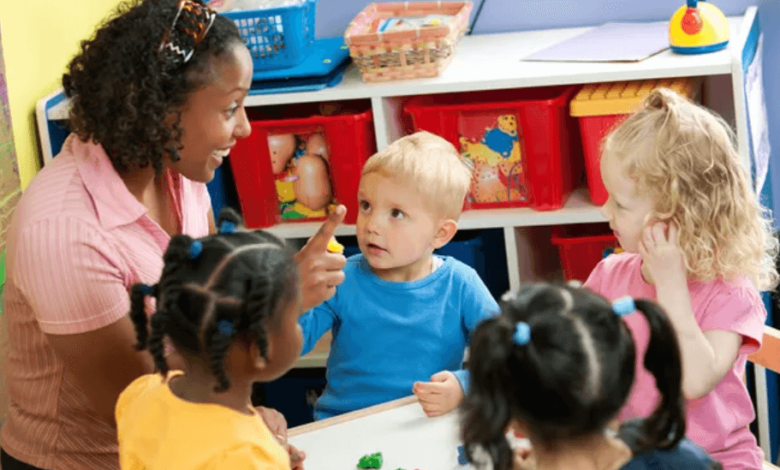Creating a Seamless Transition to Early Education

Transitioning from home to early education can be a big step for both children and parents. Adjusting to new routines, environments, and peers may feel overwhelming, but with the right strategies in place, this experience can be positive and rewarding. This guide outlines actionable tips for parents, educators, and childcare providers to ensure a smooth transition for young learners into early education settings.
Why a Smooth Transition is Crucial
Early education is a foundation for lifelong learning. A successful adjustment to this new chapter helps children develop confidence, social skills, and a love for learning. A challenging or abrupt transition, however, can hinder these developmental milestones and cause stress for both children and parents.
Preparing at Home before the First Day
1. Create a Routine
Establishing a consistent daily routine is one of the most effective ways to prepare your child for early education. Predictability helps children feel secure and can make their new school schedule feel familiar. Start adjusting wake-up times, meal patterns, and naps a few weeks in advance to match the structure of their upcoming program.
See also: Professional Development for Educators: Elevating Skills, Building Stronger Classrooms
2. Talk About What to Expect
Have open and positive conversations about what your child will experience at school. You can describe activities such as story time, playtime, and meeting new friends. Read books about starting school to familiarize them with the concept and alleviate fears.
3. Visit the Facility Together
If possible, schedule a visit to the preschool or daycare. Seeing the environment and meeting educators ahead of time can ease anxiety for both children and parents. Consider visiting a daycare in Salt Lake City to explore their programs and facilities.
The Role of Educators in Supporting Transitions
1. Foster a Warm and Welcoming Environment
Creating a welcoming classroom is key to helping children feel comfortable. Displaying student artwork, providing engaging activities on day one, and greeting new students warmly can go a long way in building trust and excitement.
2. Communicate with Families
Educators should establish open communication with families from the start. Sharing plans, schedules, and progress ensures parents feel informed and empowered to support their children at home. Additionally, check in regularly to address any concerns or questions.
3. Incorporate Gradual Adjustments
Consider the implementation of gradual adjustment periods, such as half-day schedules during the first week. This incremental exposure can help students acclimate to their new environment without feeling overwhelmed.
Building Community and Social Connections
Early education isn’t just about academics; it’s also about building relationships. Encourage socialization through group activities like circle time and cooperative games. Peer relationships help children feel a sense of belonging and foster emotional growth.
Parents can also connect with one another through school-organized events, creating a broader support network for families new to early education.
Managing Separation Anxiety
Separation anxiety is natural for both children and parents when transitioning to early education. Here are some strategies to ease the process.
- Start with Short Departures: Practice short time apart to build your child’s confidence that you’ll return.
- Create Goodbye Rituals: A consistent goodbye handshake or hug can help signal a sense of closure and trust.
- Stay Positive: Children often take emotional cues from parents. Remaining calm and positive during drop-off will reassure your little one.
By addressing separation anxiety with patience and consistency, children will gradually feel more confident in their new setting.
Long-Term Benefits of a Seamless Transition
Successfully transitioning to early education sets the stage for a child’s growth in cognitive and emotional development. When children feel supported and secure, they are more likely to explore, learn, and thrive in and beyond the classroom. For educators and parents alike, investing time and effort into this adjustment period will ensure long-term benefits for every child.





